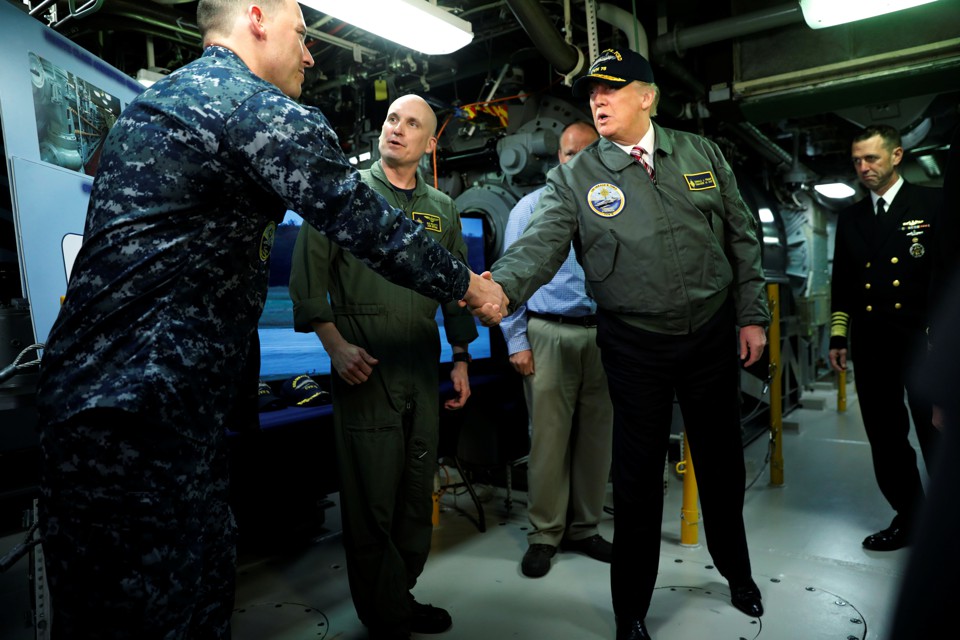Here is a gist of today’s major cabinet decisions for allowances of Central Government employees based on recommendations of the 7th Central Pay Commission, in layperson terms:
1. Total number of allowances decreased from 197 to 128. To be paid with effect from 01 July 2017.
2. An additional Cell for Siachen introduced in the Risk and Hardship Matrix. The amount enhanced to Rs 42,500 for Officers and Rs 30,000 for ranks other than Commissioned Officers. The rates recommended by the 7th CPC were Rs 31,500 and Rs 21,000 respectively.
3. HRA rates decreased to 24%, 16% and 8% for X, Y and Z cities respectively. However the rates to go up to 27%, 18% and 9% and then 30%, 20% and 10% whenever the rates of DA touch 25% and 50% respectively. The HRA would however remain protected at 30%, 20% and 10% for the lowest possible pay under the Government and would not hence be less than Rs 5400, Rs 3600 and Rs 1800 for any employee.
4. Newly proposed Dress Allowance to be paid @Rs 5000, 10,000, 15,000 and 20,000 per year to employees of various categories. This subsumes all other uniform related allowances.
5. Ration Money Allowance (RMA) not abolished but will be paid directly with the salary in lieu of actual rations to officers posted in peace. Will update readers once there is more clarity on this issue.
6. Facility of One additional Railway Warrant extended to CAPFs and Coast Guard.
7. Field Area Allowances to be regulated @Rs 6,000-16,900. Counter Insurgency Allowance also at the same rates.
8. MARCOS and Chariot Allowance to Marine Commandos and also COBRA Allowance to CRPF personnel in Naxal areas to be granted @Rs 17,300-25,000.
9. Flying allowance @Rs17,300 to 25,000, also extended to BSF’s Air Wing.
10. Deputation Duty Allowance ceiling for defence personnel increased from ₹2000 - ₹4500 per month to ₹4500 - ₹9000 per month.
11. Fixed Medical Allowance for pensioners increased to Rs 1000 per month and Constant Attendant Allowance increased to Rs 6,750.






.jpg?w=640&q=60&fmt=pjpeg&auto=format)












